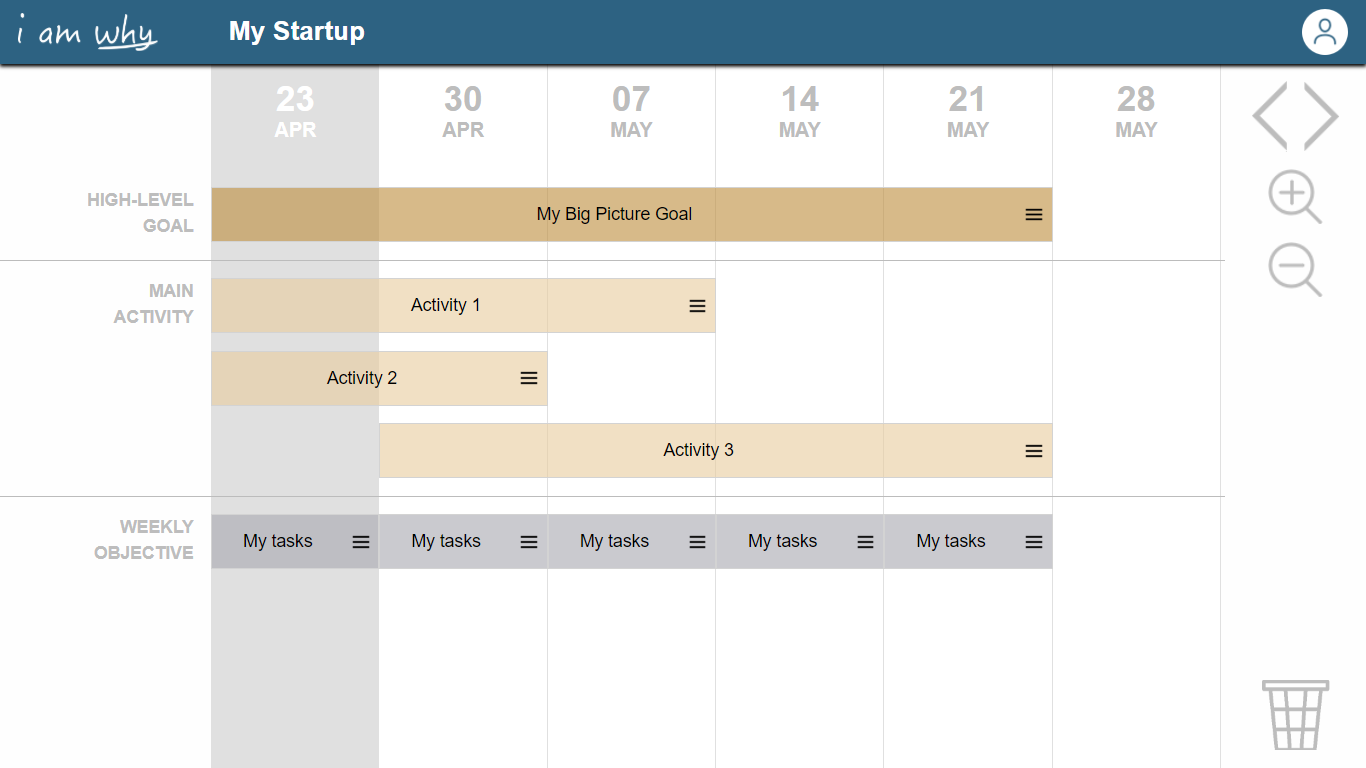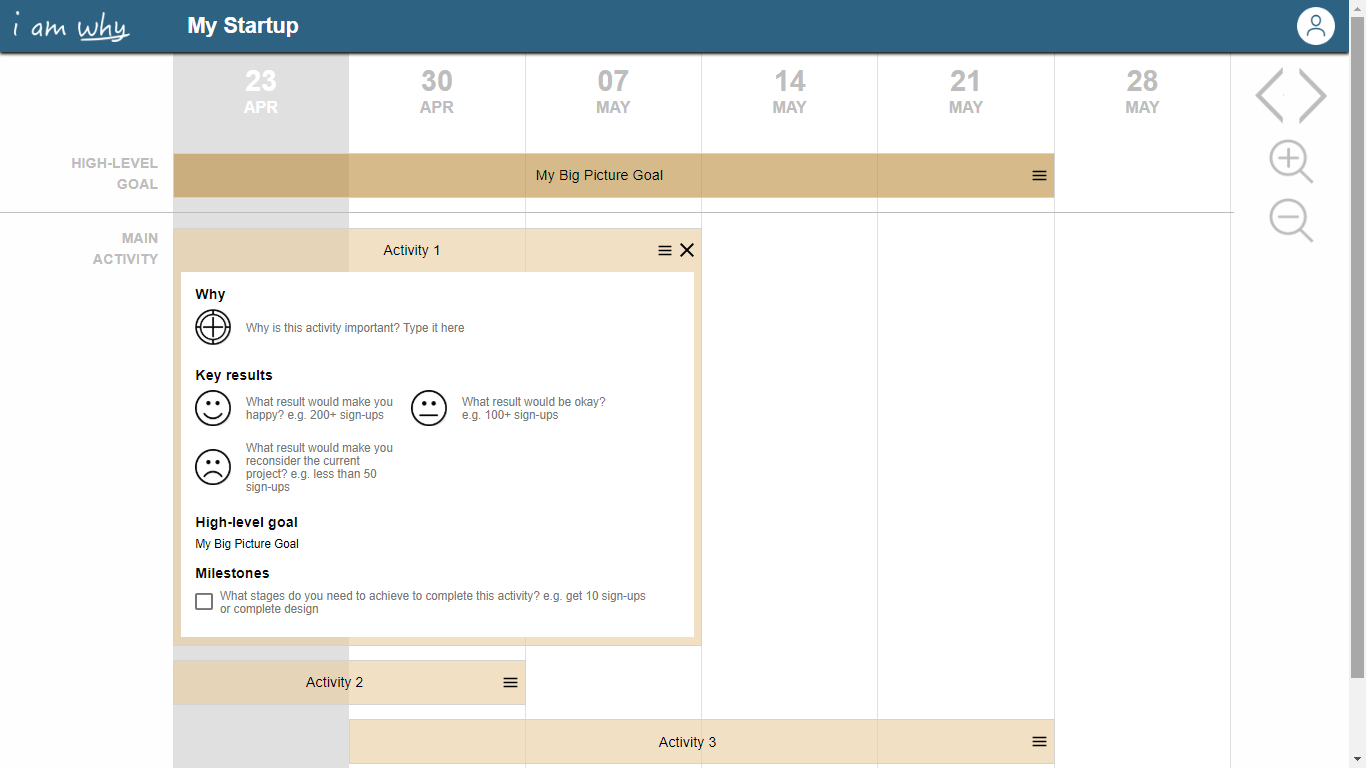
Strategic Planning as a Communication Tool
Francesco Marcatto24 Apr 18
Even the best strategies are useless if they are not adequately communicated to the people involved in executing them. It has been estimated that up to 95% of employees at mid-size to large companies are unaware of, or don’t understand, the company strategy. This is crazy, and it happens in fast-growing startups too.
As Ted Bauer wrote, strategy and planning might be happening — not even sure — but if it is happening, no one seems to know where it ended up.
The benefits of communicating your strategy effectively
We often forget that organisations are made up of human beings. And human beings can do great things together, but only if they communicate and cooperate. To deliver stellar results, people need to be hyper-aligned and laser-focused on the highest-impact actions that will drive the organization’s most important outcomes. Peter Bregman
Indeed, execution doesn’t happen magically. If you want your beautiful plan to succeed, you must show your employee where you want your business to go and why, and how do you think you’ll be able to go there. I’ve defined strategic planning as the layer between the strategy and execution levels, and it’s possibly your best tools for internal communication. Strategic planning is about defining and communicating clear priorities. If your team internalizes the priorities, they will be able to decide on their own what is important and what isn’t to achieve the overall strategy. This way you’ll increase employees’ engagement and motivation, and reduce the risk of misalignment and of working at cross-purposes.
A 3-step framework for better communicating your strategy
Ok, how can I develop a strategic plan that really communicates to my teammates our new strategy?
Here’s a 3-step framework for effectively communicating your strategy, it’s a modified and updated version of the one originally proposed by strategy professor Jack Green along with co-author Jake Laban.
Step 1: Include the right content.
Try to clearly communicate what is really important. Usually, the following points should always be included:
-
A ‘big-picture’ goal. Describe your main goal (what we aim to obtain and why). Keep it simple and try to sum up it in a single sentence;
-
Intermediate goals. Before reaching the big objective, there are usually a lot of intermediate steps. Call them milestones or short-term goals, if you prefer.
-
Critical tactics. Define a sequence of activities that will narrow the gap from your current situation to the desired outcome. It is useful to schedule them, including a starting time and an expected deadline.
-
Expected results/Metrics. Try to define right now what you want to achieve, and if possible try to express it with metrics. This will be of great help in tracking your progress and identifying in a timely fashion if your current plan is working or if you need to adjust it.
Step 2: Choose the right communication channel.
According to the complexity of your pan and to the desired level of interaction and feedback, you should use different kinds of channels. A memo attached to an email may suffice for very simple stuff, for more complex situations better to call for an in-person or virtual meeting. Anyway, our advice is to always share a roadmap of your strategic plan with your teammates, don’t rely just on your and their memory of it!
Step 3: Choose the right frame.
The way you communicate something has a big impact on what people understand and remember. A basic but often underrated rule of effective communication is that you should put yourself into the recipient’s shoes. So clear, simple communication and using the language of the end-user will aid understanding and execution. If you need some help, here’s an article about how to write good objectives for your team.
Visual planning = better communication
Let’s focus some more on choosing the right communication channel. There are many ways you can communicate your strategic plan to the people involved in executing it: text documents, spreadsheets, slide presentations, or just by discussing during a meeting (but remember to put it down the plan on some sort of document and share it with the others!).
It’s perfectly ok to use the one that you think suits the best and make you feel at ease. But if you want your plan to be really sticky, then go visual. Diagrams, charts, graphs and even doodles will illustrate your plan to your audience almost instantaneously, with simplicity and clarity.
Of course, you’ll need text and numbers too. Visual communication and written instructions can be used together to help produce the most effective message possible.
This is the approach we followed in developing I Am Why, our tool for visual strategic planning. On a timeline view, similar to a calendar, you can see your roadmap with your big picture goal and all the critical tactics that you should perform during the next weeks.
As in the popular Gantt charts, you have a visual view of the activities scheduled over time, but in I Am Why you see also the dependency relationships with the high-level goals, and you can drill-down in each bar to visualise all the details: objectives and key results, milestones, and why it is important.

Creating your strategic plan will be as easy as pie: with the drag&drop interface, all you need are some clicks to create the bars and fill them with the extra details. Moreover, your plan will be flexible: if things change (and they will change), you can adjust your original schedule on the fly.

For your teammates, understanding what to do will be finally clear and simple. They will see the big picture and at the same time focus on their parts. This way goals are transparent and concrete, and at a glance, they will know what’s important to do and why. No more wasted time and misalignment!
Ready to bring your strategic plan to life? Here’s I Am Why!








